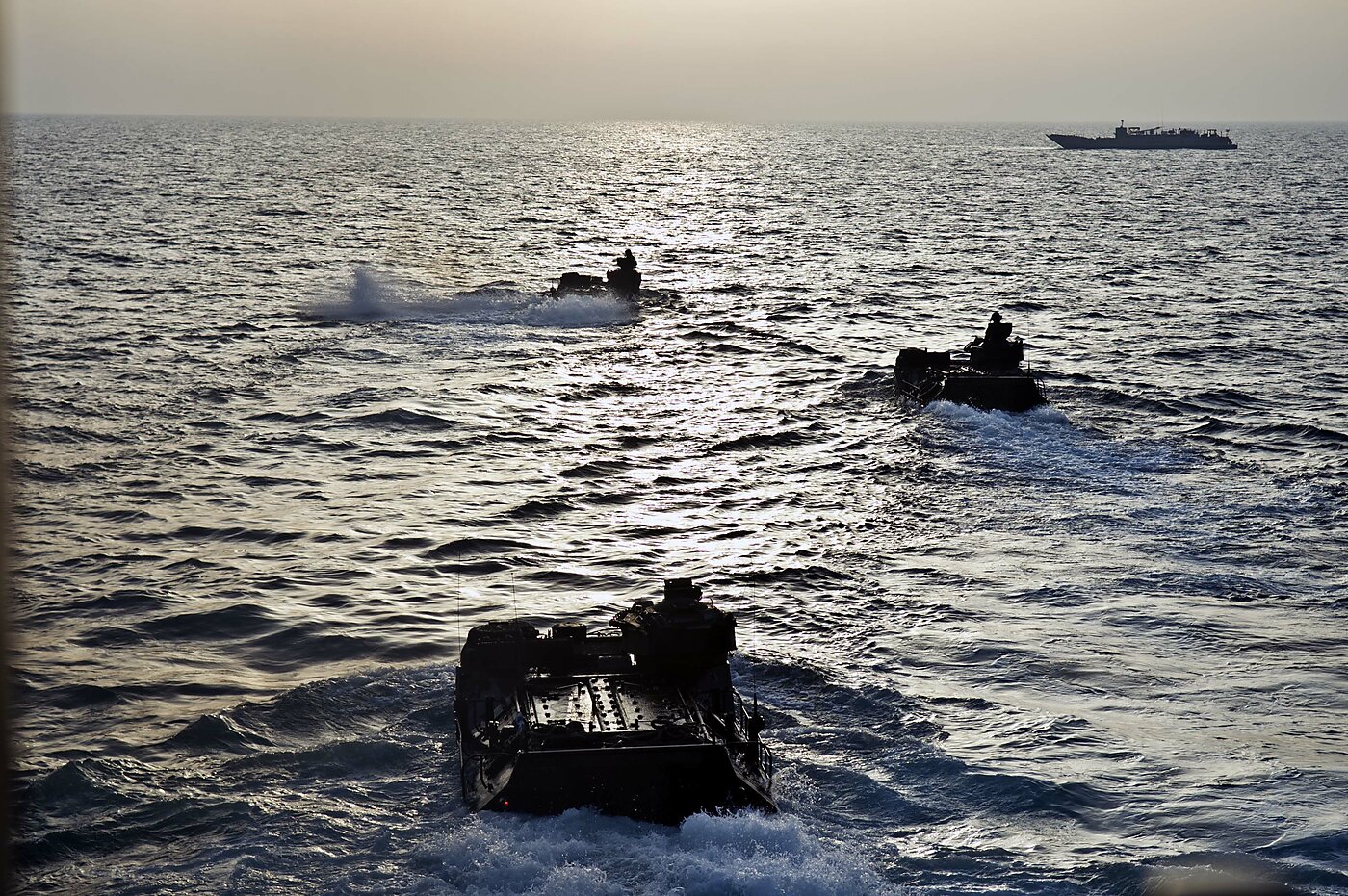President Obama’s trip to Asia is off to a running start with the announcement that the United States will lift a decades-long American arms embargo on Vietnam. Initial commentary on the announcement has been generally positive, portraying the end of the embargo as the most recent in a string of events signaling improved relations with America’s former adversary in an increasingly dangerous region. So, what comes next in the U.S.-Vietnam defense relationship?
1. How will China react?
China’s Ministry of Foreign Affairs had a relatively quiet response to the announcement thus far. However, increased American military support for Vietnam fits into the narrative of a U.S.-led effort to contain China. It would not be surprising if more aggressive rhetoric comes to the fore in Chinese media over the coming days. China has also shown a willingness to respond to U.S. shows of force or resolve with military displays of its own. Vietnam’s capacity to resist Chinese coercion should increase once arms sales begin, but if China responds to such sales with assertive counter-moves then the security dilemma in the South China Sea (SCS) could become worse.
2. What equipment will Vietnam buy?
Given the challenges it faces in the SCS, Vietnam will likely place a premium on military hardware that improves maritime domain awareness and the ability to quickly respond to infringement on its claimed territories. For example, in 2015 the United States pledged $18 million to help Vietnam purchase U.S.-made Metal Shark patrol boats for its coast guard. Sales of more advanced or lethal systems may be more difficult given the challenges of integrating such systems into an arsenal already dominated by Russian weapons and the high price tag of U.S. hardware. Additionally, Vietnam has overlapping territorial claims with the Philippines, a U.S. treaty ally. Vietnam-Philippine squabbling is not the primary threat in the SCS right now, but Washington policymakers have an incentive not to approve sales of equipment that could give Vietnam a significant advantage over the Philippines.
3. How does lifting the arms embargo advance U.S. goals in the SCS?
In a press conference announcing the end of the embargo, President Obama stated “the decision to lift the ban was not based on China,” but was part of a broader process of normalization with Vietnam. This statement is only partly true. On the one hand, U.S.-Vietnam relations have greatly improved over the years and this is the next logical step in normalization. On the other hand, assertive Chinese activity in the SCS is the most pressing security concern in the region and lifting the arms embargo should improve Vietnam’s ability to deal with it. Improving the military capacity of U.S. allies and partners is a low-risk way to increase the costs of Chinese actions, which seems to be the current U.S. objective in the SCS. Unfortunately, “imposing costs” isn’t an end state.
Lifting the arms embargo on Vietnam is an important step toward the best course of action for the United States in the SCS: using weapons sales and economic support to bolster the self-defense capabilities of friendly states. It will be virtually impossible for America’s partners to achieve military parity with China on their own, but with the right mix of weapons systems and strategy they could present serious challenges to Chinese military action. More capable allies and partners should enable the United States to be a balancer of last resort in the SCS, instead of the first line of defense.

